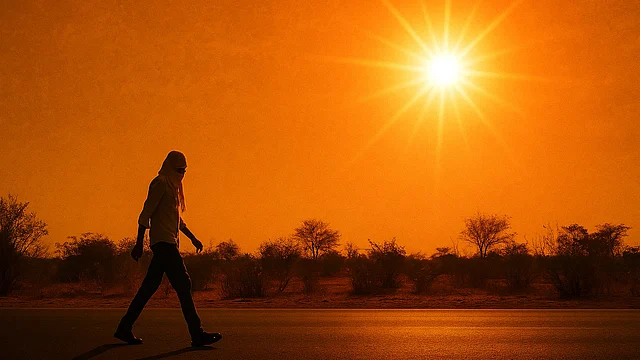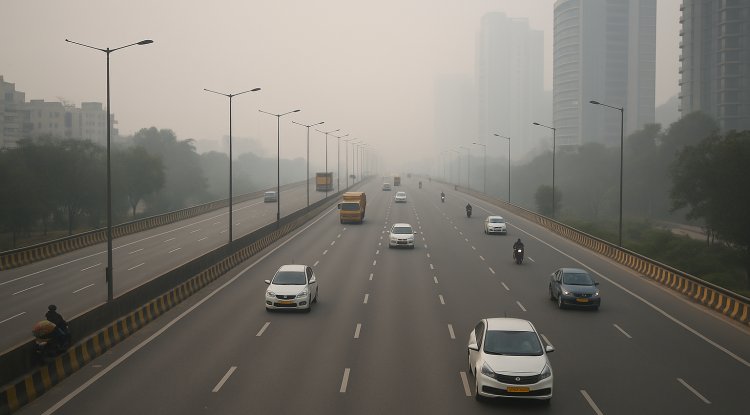Jharkhand’s Record Heatwave Signals Climate Threat
Jharkhand's 590-day heatwave, driven by climate change, has severely affected agriculture, water resources, and public health. With crop failures, water shortages, and rising heat-related illnesses, the crisis highlights the urgent need for adaptation. Policy reforms, community action, and sustainable development are key to building climate resilience.Jharkhand faces one of the longest heatwaves in recent history, exposing the state’s vulnerability to climate change. Discover the impacts on agriculture, water, and health, and explore strategies for resilience.

Jharkhand, India, has endured a record-breaking heatwave spanning 590 days over 35 years, driven by climate change. High temperatures have disrupted agriculture, water availability, and public health. This article examines the causes, impacts, and strategies to address this prolonged crisis.
Jharkhand’s heatwave, one of the longest in recent history, has seen temperatures consistently above 40°C for extended periods. Climate change, driven by rising greenhouse gas emissions, is the primary cause, with regional warming outpacing global averages. Deforestation and urbanization exacerbate the issue, reducing natural cooling and increasing heat retention.
Agriculture, the backbone of Jharkhand’s economy, is heavily impacted. Crops like rice and maize have seen yields drop by up to 25% due to heat stress and water scarcity. Farmers face economic losses, with many relying on government aid to survive. Livestock health is declining, as animals struggle with heat and limited fodder.
Water resources are under strain. Rivers and reservoirs are drying up, reducing irrigation capacity and drinking water availability. Rural communities, dependent on wells, face shortages, forcing residents to travel long distances for water. Urban areas report increased demand, straining outdated infrastructure.
Public health is a growing concern. Heat-related illnesses, including heatstroke and dehydration, have surged, overwhelming hospitals. Vulnerable groups, such as the elderly and children, are at higher risk. Air quality, worsened by dust and industrial emissions, contributes to respiratory issues.
Economic impacts are significant. Agricultural losses reduce income for millions, while heat reduces labor productivity in industries like mining and construction. Small businesses, particularly in rural areas, struggle as consumer spending declines. The state’s economy, already challenged by poverty, faces further strain.
Adaptation efforts include promoting heat-resistant crops and improving irrigation systems. Government programs are distributing solar-powered pumps and drought-tolerant seeds, though access is limited. Reforestation projects aim to restore green cover, but progress is slow due to funding constraints.
Policy responses focus on short-term relief, such as cooling centers and water distribution points. Long-term plans include upgrading water infrastructure and integrating climate projections into development planning. However, bureaucratic delays and limited resources hinder implementation.
Community-driven solutions are emerging. Local cooperatives are pooling resources to share irrigation equipment and knowledge. Public awareness campaigns promote water conservation and heat safety practices. International partnerships could provide technical expertise and funding to scale these efforts.
Conclusion
Jharkhand’s prolonged heatwave underscores the severe impacts of climate change on vulnerable regions. Immediate relief measures, combined with long-term investments in agriculture, water management, and public health, are critical. Strengthening resilience through community action and policy reform will help Jharkhand navigate a warming future.
Source:Business Outlook
What's Your Reaction?

















